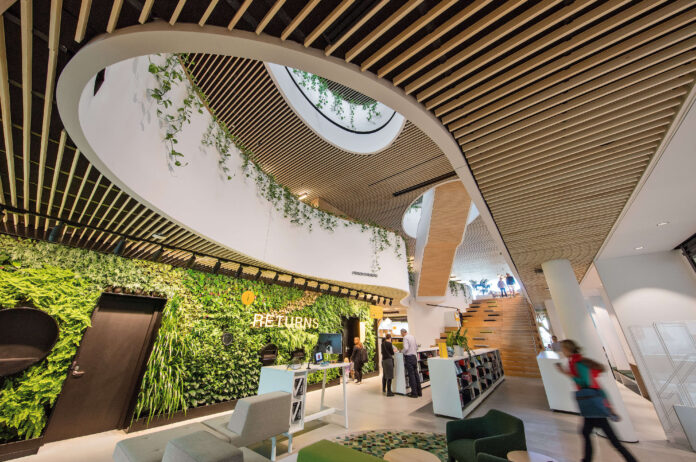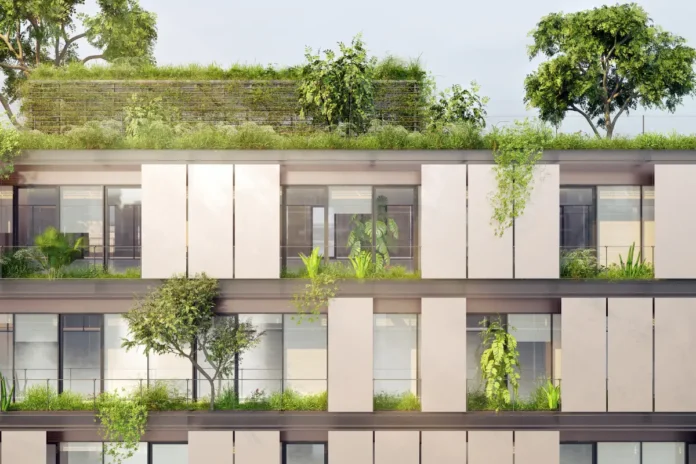The whole-person approach to health has become more than a trend. It has proven results. According to a recently conducted health study by Cigna Medical, the integration of medical, pharmacy, and behavioral benefits results in better engagement and medical outcomes. It also reduces healthcare costs.
The data comes from a two-year analysis of medical claims from over 2 million customers with coverage supplied through their place of work. The survey found more engagement from individuals suffering from depression (a total of 21 percent), diabetes (11 percent), or any other oncology disorder (10 percent).
The study also discovered that there was an increase in engagement with various health programs such as lifestyle or wellness coaching, smoking cessation, counseling, and case management for individuals with more complex health issues.
The survey concludes that companies experience value for both their business and staff by “offering fully integrated benefits that make health care simple, more predictable and ultimately more affordable” at the same time as supporting the mental and physical health of the individual.
The data points to higher engagement from integrated benefits and that engaged patients are less likely to require emergency room visits. In other words, if you feel well, you are less likely to get sick. But how do you integrate this holistic approach?
The Use of Biophilic Design

If you have been in a building that has a combination of natural elements mixed with the design of the structure, then you have been exposed to biophilic design. The movement toward a greener approach by bringing parts of the outside world into the interior of buildings has created new interest in both architecture and the pharmacy real estate industry. But to fully understand the direction of this movement, let us look closer at the design elements.
More than Trees or Foliage in the Lobby
The primary purpose of biophilic design is to allow individuals in the building space to establish a connection to nature. This is achieved with green design elements that go far beyond potted plants. Today’s green buildings utilize other natural elements such as sunlight, wide open-air spaces, and the calming effect of running water. This can be a wall waterfall, or a flowing manmade river built into the floor. The typical city setting lacks green elements, and building designers are responding to the need to bring nature to the forefront.
Examples of Biophilic Design
Microsoft adopted a biophilic design when it built its headquarters near Seattle, Washington. The facility boasts treehouses that are used for workspaces and meeting rooms. Each of them is Wi-Fi equipped. They also feature such natural elements as wood furniture. In addition, there is the scent of cedarwood that fills the air.
According to Microsoft, since the design change, the staff has been happier and more productive. In Singapore, the Oasis Hotel is another notable example of how biophilic design is part of the building’s architecture.
The 27-story skyscraper has an amazing-looking exterior. That is because bright, multicolored flowering plants and 33 different types of trees are growing on the outside of the building up to the rooftop. The greenery stands out in the city’s landscape. The building also has sky terraces and open-air atriums that pull nature into the interior as well.
The Benefits of Biophilic Design in Pharmacy Real Estate

Now that you have a better understanding of the use of biophilic design in architecture and how the green elements of nature can produce positive results for various individuals, let’s look a little closer at the key benefits of such a sustainable design in the pharmacy real estate industry.
It Improves a Person’s Mental Health
There is no denying that the average person experiences a better mood, increases productivity, and becomes more inspired when exposed to nature and sunlight. An open-air workspace that integrates nature will create a relaxed environment.
In the way that biophilic design impacts the human condition, live plants are not always required. Wooden furniture and other components made from natural materials will produce the same mental health benefits.
It Improves a Person’s Physical Well-Being
If you have used an air purifier and experienced positive feelings because of it, you will understand how plants and greenery climbing on walls can provide the same benefits. That is because plant life naturally produces negative ions.
These are the same molecules an air purifier creates to clear the air of bacteria, mold, dust, and other allergens. This form of air circulation enhances the quality of life of anyone exposed to it.
It Improves the Sustainability of the Building
For buildings that are in dense, urban areas, adding natural elements to the design will help with sustainability. Aside from the benefits humans gain from greenery, foliage is an excellent tool to combat harmful gasses such as nitrogen, CO2, automobile exhaust, and other pollutants that can make breathing difficult. When plants do this, they produce oxygen and reduce temperatures around them.
Why You Should Consider a Biophilic Design Pharmacy Franchise
As shared by Pharma Property Group, there is no better time than now to invest in the pharmacy real estate industry. With biophilic design and a shift to the whole-person approach in healthcare, the pharmacy real estate market will get very hot very soon.
By integrating these elements into a building, attracting and retaining tenants should be far easier than it once was. Considering the benefits to customers, staff, and the building, you cannot go wrong with this type of investment in your portfolio.
Final Thoughts

Younger generations view environmentally friendly living practices and sustainability as high priorities. This is one reason the biophilic design is so popular with this demographic.
As members of Generation Z and Millennials age, these design elements will continue to be important. If you are considering entering the pharmacy real estate industry, finding ways to integrate natural elements into your building will attract young tenants who will remain there.
Architectural design that includes greenery, wood, open-air spaces, and running water will provide benefits for tenants and customers, alike creating a welcoming environment that calms and provides an escape from the “concrete jungle” that many cityscapes have become.









